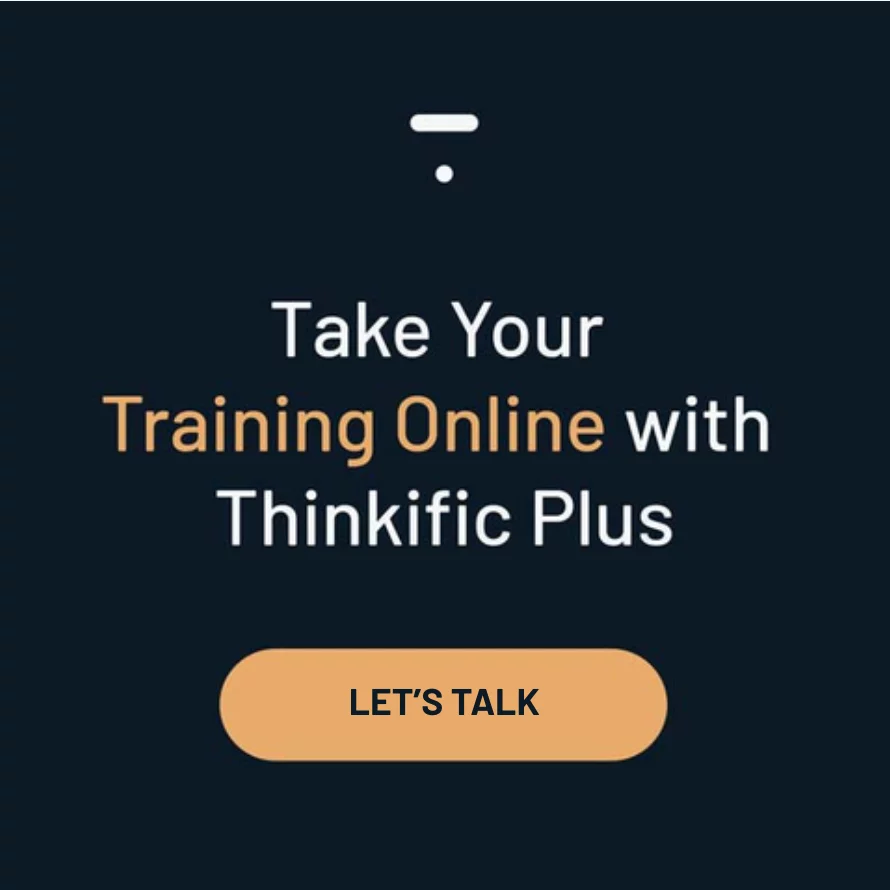You’ve probably asked the questions what?, so what? and now what? in different situations and settings – but did you know these questions unlock potential problem-solving solutions?
The What So What Now What model is an effective reflective tool to assess situations, solve issues, and create action plans. It’s critical to know and a great continuous learning practice.
Skip ahead:
- Introduction to the What So What Now What Model
- The Three Stages of the What So What Now What Reflective Model
- Real-Life Examples of the What So What Now What Model
- Tips for Effective Reflection with the What So What Now What Model
- Conclusion
- Frequently Asked Questions
Introduction to the What So What Now What Model
The What So What Now What model is an incredibly useful training and development tool coined by Terry Borton in the ‘70s.
It’s a reflective approach for individuals and teams to consider all angles of a situation, gaining insights and developing effective problem-solving strategies.
This model consists of three steps:
- Identifying (What?)
- Understanding (So what?)
- Planning (Now what?)
When we pause to reflect, we identify patterns in our behaviors that hold us back and areas where to improve.
The Three Stages of the What So What Now What Reflective Model
Ready to boost your critical thinking and reflective skills at work? Here are the different stages of the framework and what they entail.
What – The Descriptive Stage
The first step is identifying what the situation is. Look at the event, experience, project or situation without judgment or pre-conceived ideas.
During this stage, stay focused on facts and details rather than feelings or opinions – be objective. For example, let’s say you had a meeting with your boss that didn’t go as planned. In the “What?” stage, you just describe what happened.
| Key Questions to Ask in the What Stage |
|---|
| What Happened? |
| Who Was Involved? |
| When Did It Happen? |
| Where Did It Happen? |
| How Did It Happen? |
So What – The Interpretive Stage
Analyzing and interpreting the situation is the next step. Take a look at how you feel about the event, experience or project and what its consequences or impact are.
Explore your feelings and emotions without blaming or judging yourself or others during this stage. You’ll be thinking about how you felt about your meeting at this stage with the previous example.
| Key Questions to Ask in the So What Stage |
|---|
| How Did I Feel About The Situation/Event? |
| What Were My Emotions In Response To It? |
| Are There Any Implications For Me Personally/Professionally? |
| How Will This Affect My Relationships With Those Involved? |
| Did Anything In Particular Trigger These Emotions In Me? |
Now What – The Action Planning Stage
Identifying actions to be taken and improving them is the last step. Propose solutions or improvements for the way forward. Think about how you are going to achieve your objectives during this stage.
Continuing with the meeting example, you’re thinking about the changes you and your boss need to make to make better meetings in the future.
| Key Questions to Ask in the Now What Stage |
|---|
| What Steps Should I Take To Improve This Situation? |
| How Can I Move Forward Positively? |
| Are There Any Necessary Actions/Changes? |
| Is There Anything I Should Do/Consider Before Taking Action? |
| How Can I Prevent Something Like This From Happening Again? |
Real-Life Examples of the What So What Now What Model
A Workplace Conflict: A team is having trouble resolving an issue with one of its members. Here’s how you might approach the situation:
- What – Identify the source of the conflict and understand all perspectives involved in the situation.
- So What – Identify what patterns or themes may be causing friction.
- Now What – Determine your next steps for resolution.
A Personal Challenge Or Goal: You’ve been trying to get a challenging project done. A potential way to support this could be:
- What – Identify what has happened so far and current progress.
- So What – Consider what could be causing any blocks or delays.
- Now What – Create an action plan for success.
An Educational Or Training Experience: You have just completed some employee training. To reflect and retain the knowledge, you can:
- What – Consider where you gained knowledge and what you learned.
- So What – Think about how to apply this knowledge in real-life scenarios.
- Now What – Decide how to use this newfound information to create positive change.
Tips for Effective Reflection with the What So What Now What Model
This model solves any problem – the key is to practice regular reflection and maintain an open and non-judgmental mindset.
Reflecting allows you to think deeply about a situation, and this model provides a structured approach to all parts of life.
Conclusion
The What So What Now What model is an effective tool for unlocking potential solutions. It encourages reflective practice by asking simple questions.
Maintaining an open and non-judgmental mindset leads to finding creative solutions beyond the norm that can help you professionally or personally.
Looking to scale your Employee Training and Development?
Onboard, train, and develop your workforce more efficiently with training management software that’s easy to develop and deploy.
Thinkific Plus is flexible enough to replace in-person learning without sacrificing employee experience. It’s robust enough to work across a wide range of roles and regions.
Plus, you’ll be supported by a team of experts who understand the ins and outs of developing effective employee training programs.
Request a solutions call to get a plan and custom pricing that is tailored to your needs.
Frequently Asked Questions
Q. Who developed the What So What Now What Model?
The What So What Now What Model was developed by American psychologist David A. Kolb, who is also known for his work on Experiential Learning Theory. This model offers a simple yet effective framework to facilitate reflection and learning from experiences.
Q. How does the What So What Now What Model differ from other reflective models?
Unlike some more complex reflective models, the simplicity of the “What,” “So what,” and “Now what” questions in this model encourages regular practice and an open mindset while practicing reflection. The three-step process allows individuals to explore their experiences in a structured manner, promoting self-awareness, critical thinking, and continuous improvement.
Q. What are the benefits of using the What So What Now What Model in professional settings?
In professional settings, utilizing the model can result in several benefits, such as:
- Enhancing decision-making skills through deeper understanding of past events.
- Unlocking unconsidered creative solutions by examining situations from multiple perspectives.
- Encouraging a structured approach to problem-solving that fosters learning and growth.
- Improving communication skills by facilitating thoughtful discussions among team members.
Q. Can the What So What Now What Model be applied to group situations or only individual reflection?
While initially designed for individual reflection, the model can indeed be adapted for use in group situations as well. By guiding collaborative discussions using these three prompts – asking each participant about their observations (what), interpretations (so what), and actionable insights (now what) – the whole team can share their perspectives on an event or experience effectively. This collective approach helps uncover new ideas or insights that may not have surfaced during solitary contemplation.
Q. How can I implement the model into my daily routine?
Implementing this straightforward yet powerful technique into your daily routine involves asking yourself the three questions during or after your experiences, regardless of their scale. As you encounter situations throughout the day – whether attending meetings, completing tasks, or engaging in conversations – pause to reflect by asking:
- What: Describe the situation and what occurred.
- So What: Analyze why it matters and any implications.
- Now What: Consider possible next steps based on your insights.
Over time, as you consistently apply this reflective practice in various contexts, it will become an integral part of your thought process that drives personal growth and enhances overall effectiveness.





